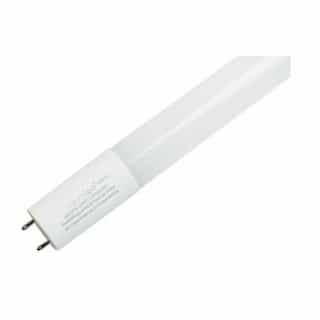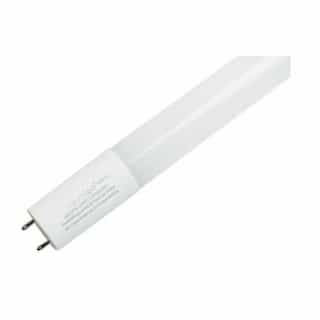Shunted Vs Non-Shunted Tombstone (Socket)
What is a tombstone socket?
Shunted vs Non-Shunted Tombstones (Sockets)

Shunted Socket - Shunted tombstones have a single track for electrical current flow.
Non-Shunted Socket - Non-Shunted tombstones have two tracks for electrical current to flow through independently
Tombstones and Fluorescent Tubes
Now that you understand the difference between shunted and non-shunted sockets, how do you apply it? We've put together a cross reference infographic to help identify the right LED tubes for your fluorescent fixtures.
Please keep in mind that this guide was purely designed to help you better understand the difference between shunted and non-shunted sockets. Be sure to consult an electrician or your linear fixture manufacturer to determine which tombstone you have.
Please note that using the wrong type of tombstone can not only shorten the life of your LED tubes, but can also cause an electrical short, resulting in a fire.
Recommended Products
Receive special deals and more, right to your inbox


